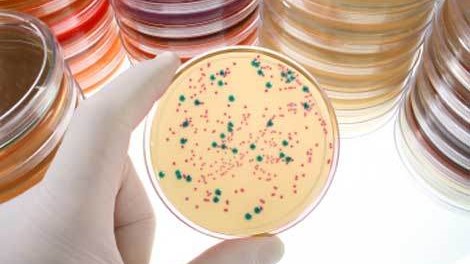 Q: What is the easiest way to clone PCR Products?
Q: What is the easiest way to clone PCR Products?
A: The simplest way to clone PCR Products is to amplify the product using thermostable polymerases such as Taq, Tfl or Tth polymerase. These polymerases add a single deoxyadenosine to the 3´-end of the amplified products (3´-end overhang), and can be cloned directly into a linearized T-vector.
Q: What if my DNA polymerase has 3´ to 5´ exonuclease activity (i.e., proofreading activity) that removes the 3´-end overhang?
A: To clone PCR products that have been amplified with a polymerase that have proof reading activity into a T-vector, you will need to perform an A-tailing step using Taq DNA polymerase and dATP. Blunt ended restriction digest fragments can also be A-tailed using this method. The method below uses GoTaq Flexi DNA Polymerase (comes with a Mg-free reaction buffer), but any Taq DNA polymerase can be used.
Set up the following reaction in a thin-walled PCR tube:
1–4µl purified blunt-ended DNA fragment (from PCR or restriction enzyme digestion)
2µl of 5X GoTaq Reaction Buffer (Colorless or Green)
2µl of 1mM dATP (0.2mM final concentration)
1µl GoTaq Flexi DNA Polymerase (5u/µl)
0.6µl of 25mM MgCl2 (1.5mM final concentration)
Nuclease-free water to a final volume of 10µl
Incubate at 70°C for 15–30 minutes in a water bath or thermal cycler.
Q: What is a T-vector, and why are they used for cloning PCR products?
A: T vectors are linearized plasmids that have been treated to add T overhangs to match the A overhangs of the PCR product. PCR fragments that contain an A overhang can be directly ligated to these T-tailed plasmid vectors with no need for further enzymatic treatment other than the action of T4 DNA ligase.
For a complete PCR Cloning protocol, Visit the Cloning Chapter of the Promega Protocols and Applications Guide.
Like this:
Like Loading...




